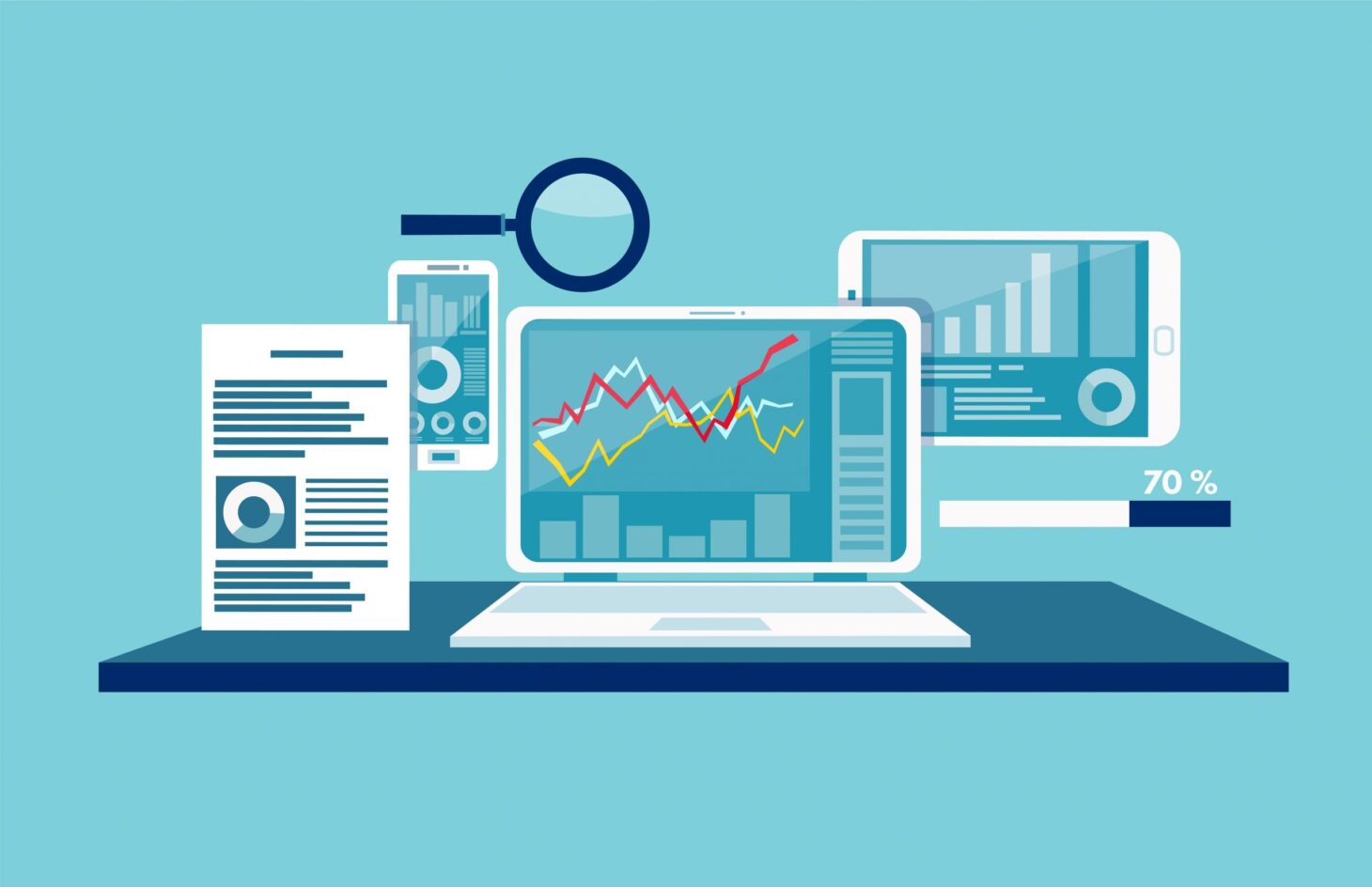
Completing a successful construction project requires careful coordination of staff, schedules, equipment, materials, budgets and safety. With so many moving parts to juggle, reporting can sometimes take a back seat as employees focus on daily tasks.
However, a lack of consistent updates from the field can quickly derail a project. When stakeholders aren’t made aware of potential issues until it’s too late, minor problems that could have been easily corrected turn into major disputes and causes for litigation.
Improving communications and increasing the consistency and accuracy of daily reports is the best way to mitigate risks, but how can these processes be improved without adding more stress to already busy workloads?
The answer is digital reporting technology.
What is digital reporting?
Traditional reports provide crucial information about how work is progressing on a jobsite to project managers and all other staff involved with keeping the project on schedule. Digital reports do the exact same thing, except they are easier to complete, save valuable time, and help eliminate misinterpretations and communication errors.
Using digital reporting software, field contractors typically capture data with mobile devices, and share it with stakeholders via cloud storage or another form of digital communication. Information collected in reports can often be automatically sorted into sets that help users analyze different parts of project progress.
Why is digital reporting better than pen and paper?
Digital reporting software improves the construction reporting process in the following ways.
Speed
It’s not easy to find the time to handwrite report information after working on complex project-related tasks all day. With digital reporting, field contractors can quickly type in information or use voice-to-text recording to capture higher-quality data with less effort. Reports can be sent to other team members easily via email or shared instantly through cloud storage, saving even more time over organizing and handing in paper copies in person. The reduced hassle means more field contractors will fulfill their reporting obligations without feeling like they are racing against the clock.
Paper reports not only take a long time for field contractors to complete, they also put more strain on office staff, who can spend hours translating handwriting and often digitize report information manually, which also leads to data entry errors.
Thanks to digital reporting software, data is shared in a clear, consistent manner with all stakeholders, who can view published reports and organize data into helpful sets with just the tap of a screen or click of a button.
Integration with accounting and project management software is also an option with digital reporting. Integration allows information to be shared automatically between reporting software and other payroll, cloud storage and project-related programs, so efforts are not duplicated on manual data entry.
Detail
Since digital reporting is less time-consuming and more standardized than pen and paper reports, the amount of detail that can be included in each report can be very specific. Field contractors can use reporting templates and checklists, requiring little guesswork to provide the exact information managers require to assess how a project is progressing against the estimate.
Project managers use this improved visibility to make more informed decisions. They can quickly catch potential safety or quality issues and share concerns with customers, better managing their expectations.
They can also easily review productivity from previous reports to plan better bids.
Clarity
Digital reports are clearer than traditional paper versions for reasons beyond the ease of translating text over handwriting. Digital reporting software can automatically publish report information in a professional, easy-to-review format. It can also organize information into sets to help managers track work hours, material usage and other important factors. It may provide charts or graphs that show both current progress and projections.
Contractors can also more easily record visual data like photos and videos, and attach these to reports through digital software. Photos and videos provide the most accurate view stakeholders can get of a jobsite outside of physically being there in person each day.
Security & organization
Digital daily reports can be stored more securely than pen and paper. Digital reports can be stored in safe, secure cloud storage. Physical file cabinets can quickly become unmanageable the longer a construction company stays in business, and locating specific reports when drafting similar bids or resolving a dispute can be a nightmare. A search function can quickly find past reports with limited manual searching.
Information collected in reports can often be automatically sorted into sets that help users analyze different parts of project progress.
Choose the right daily reporting option
It’s important for construction companies to invest in technology that works for their specific needs. While some very small companies may not feel the need to transition from pen and paper, digital daily reporting software can positively impact the profitability of most construction businesses.
With the decreased effort and increased level of detail, digital reports help contractors and management staff work smarter, not harder. They give construction companies better visibility, ultimately leading to better decisions. ![]()